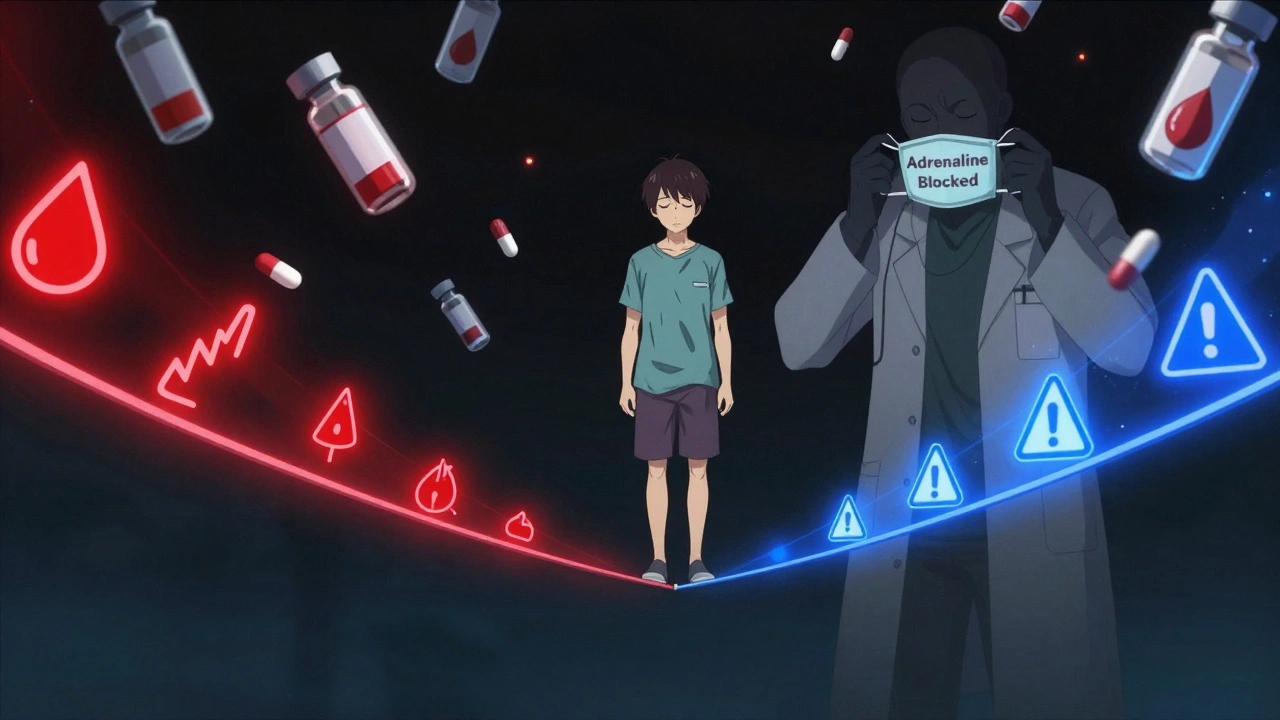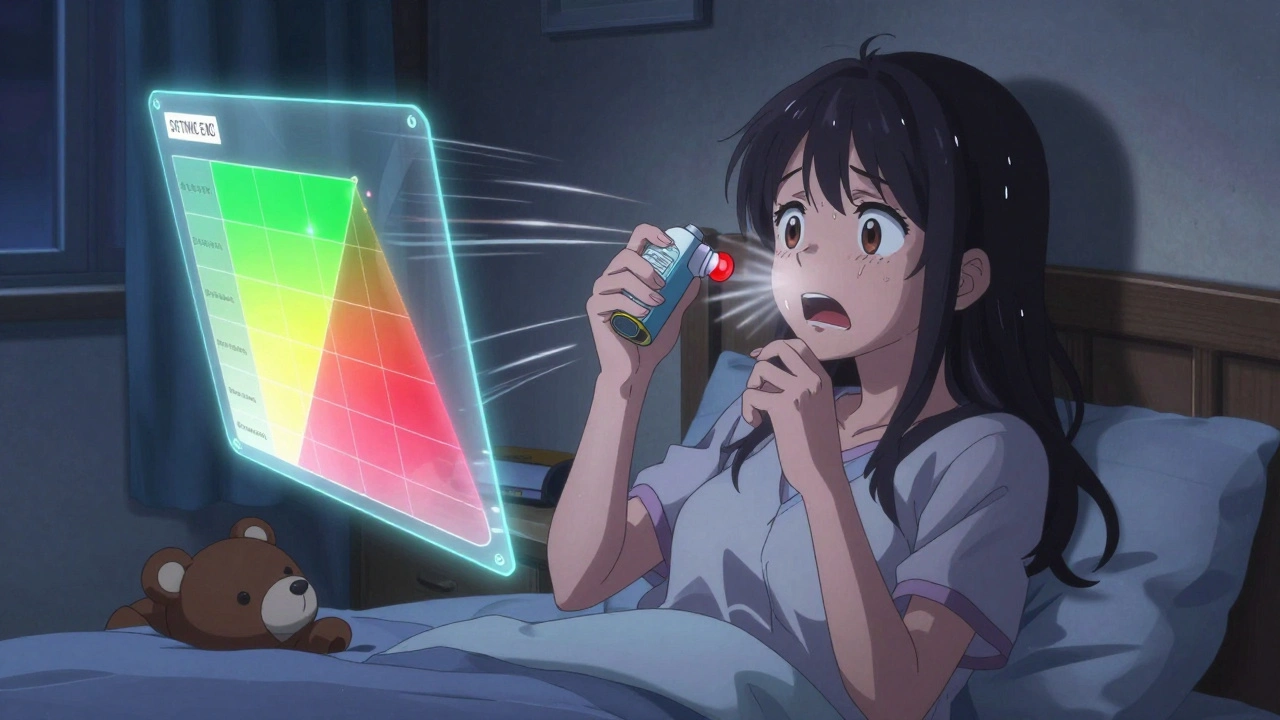Affordable Drugs: How to Pay Less for the Meds You Need
You don’t have to overpay for medication. With a few smart moves—choosing generics, comparing total costs, and spotting safe online sellers—you can cut your drug bill without risking your health. This page gives clear, practical tips you can use right now.
How to Spot a Safe Cheap Pharmacy
Price matters, but safety comes first. Real pharmacies require a prescription for prescription-only drugs, list a physical address and phone number, and show clear licensing or verification badges. If a site sells controlled drugs without a script, has wildly low prices, or hides contact info—walk away. Check reviews, look for professional seals (regulatory or accreditation bodies), and call the pharmacy if something feels off.
When buying internationally, verify import rules for your country and make sure the seller asks for a prescription. Trusted reviews and clear shipping policies are good signs. Keep records: order confirmations, tracking numbers, and packaging photos in case you need a refund or have safety concerns.
Simple Ways to Cut Medicine Costs
Start with generics. Generic drugs contain the same active ingredient and usually cost much less. Ask your doctor or pharmacist if a generic or therapeutic equivalent exists. Many common meds—acid reflux treatments, antidepressants, acne creams—have cheaper versions that work just as well.
Use coupons and manufacturer programs. Drugmakers often offer savings cards or free first-month programs for new meds. Pharmacies and third-party apps list coupons you can apply at checkout. Also, ask your pharmacist about 90-day supplies or pill-splitting when appropriate—these options reduce per-dose cost and fewer trips to the counter.
Compare total cost, not just the list price. Shipping, handling, and taxes add up. Some online pharmacies look cheap until shipping doubles the price. Put everything in your cart and compare the final checkout price across providers. Local stores may price-match or have loyalty discounts worth asking about.
Look into patient assistance and community programs. For low-income patients, many pharmaceutical companies, clinics, and nonprofit groups offer help. If insurance denies coverage, your prescriber’s office can sometimes help with appeals or suggest lower-cost alternatives that don’t require prior authorization.
Finally, keep your pharmacist in the loop. They can recommend cheaper alternatives, check for drug interactions, and help you avoid unsafe substitutions. A quick chat can save money and prevent mistakes.
Want specific reviews and guides on cheap pharmacies, drug alternatives, and safety checks? Browse the tag’s articles—find hands-on pharmacy reviews, how-to buying guides, and medication alternatives that help you save safely.
Exploring Top Alternatives to MapleLeafMeds for Affordable Medications
This article explores six alternatives to MapleLeafMeds.com, each offering unique benefits in the realm of online pharmaceutical services. It assesses each option's pros and cons, providing valuable insights into their price competitiveness, selection variety, and customer service. Readers can gain a clear understanding of which online pharmacy might best suit their needs. The article concludes with a summarizing comparison table for quick reference.






